




Did you find this useful? Give us your feedback


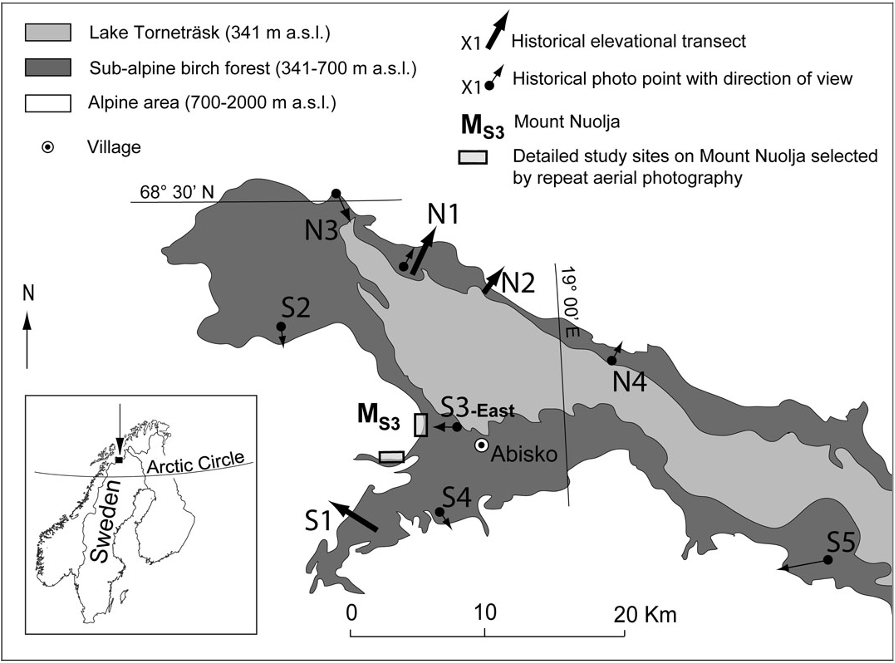
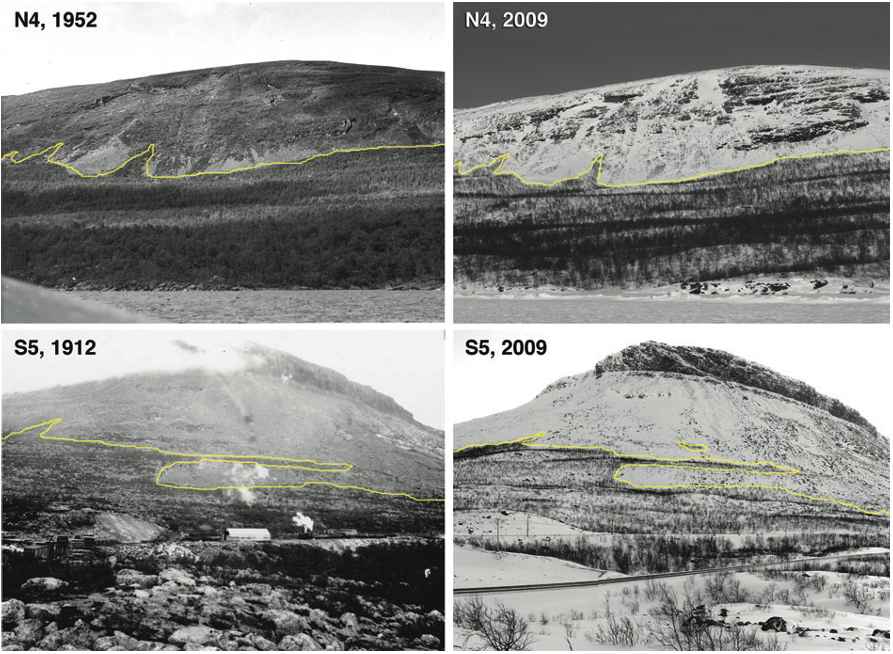
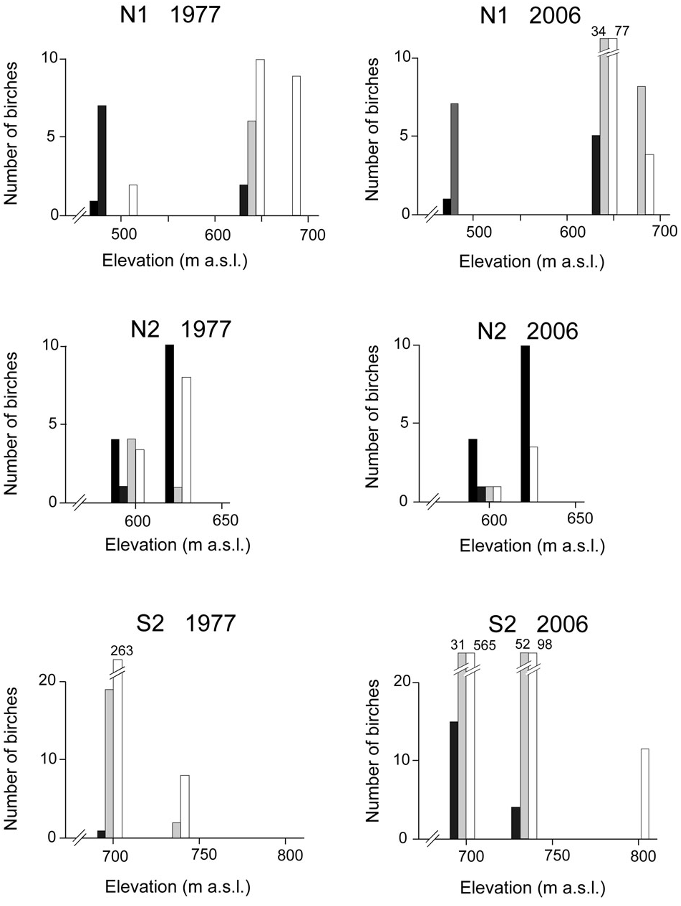
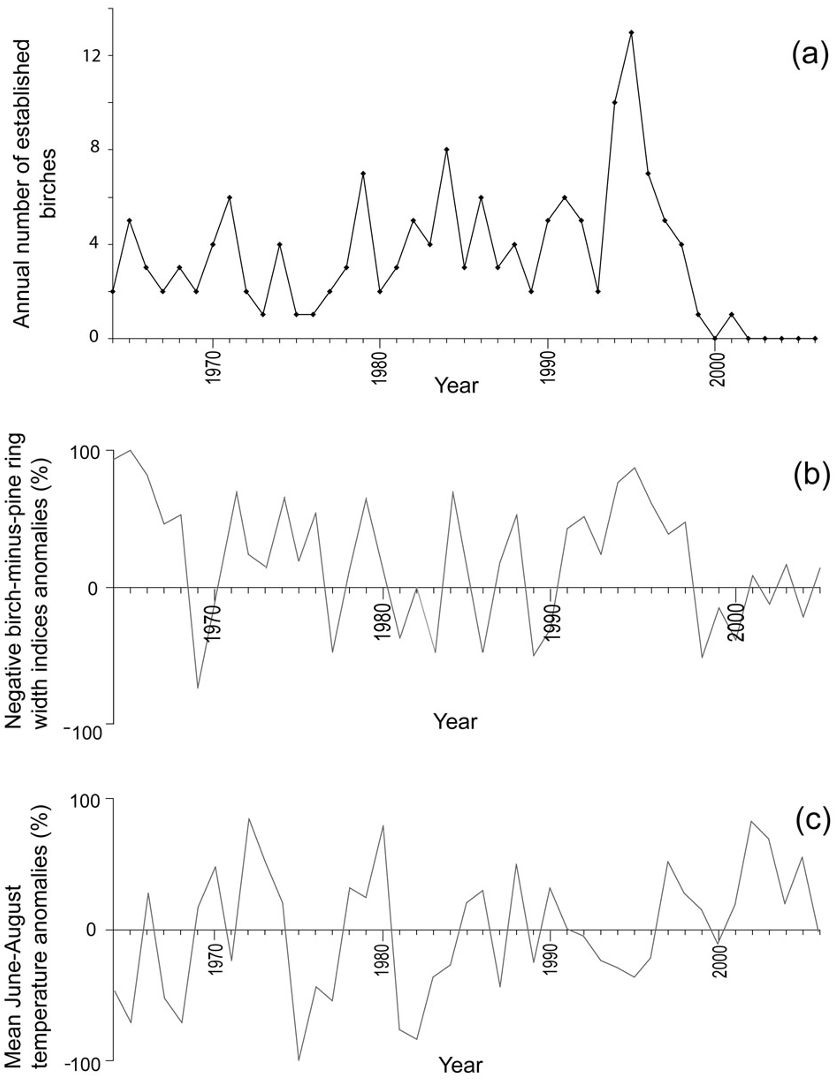
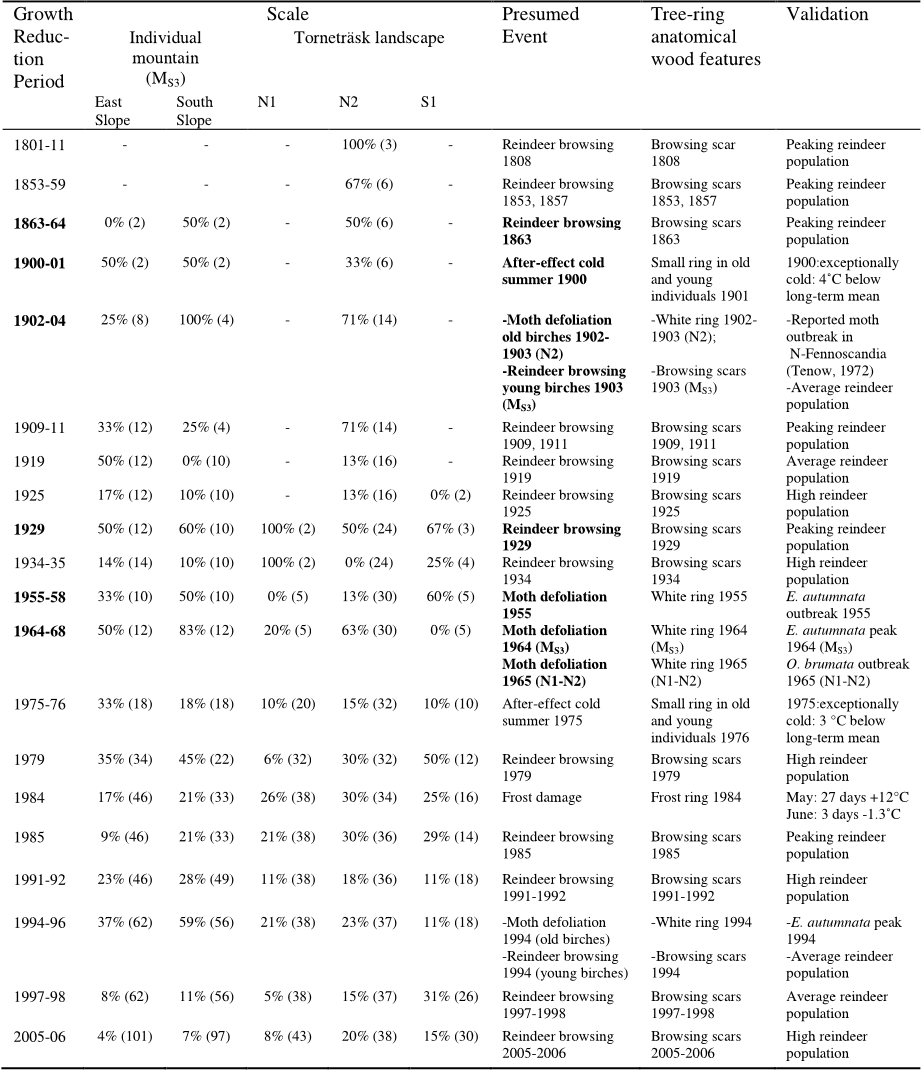
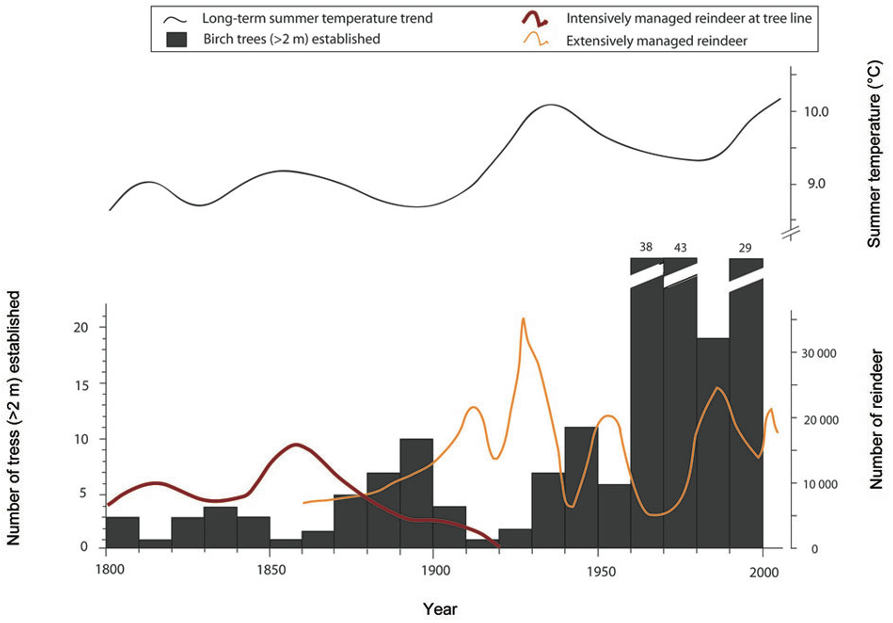
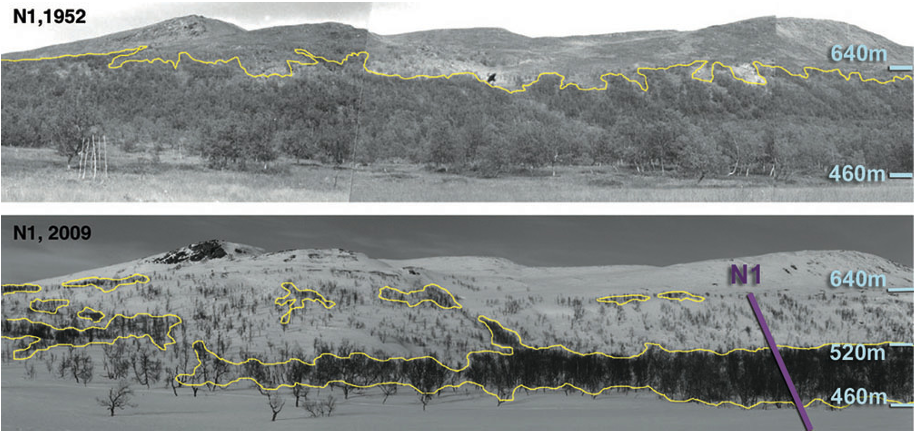





74 citations
71 citations
...Important lines of evidence include positive trends in surface greenness and photosynthetic activity inferred from satellite data (Tucker et al. 2001; Bunn and Goetz 2006; Bhatt et al. 2010; Beck and Goetz 2011), advancement of elevational and latitudinal treelines (Sonesson and Hoogesteger 1983; Kullman 2002; Harsch et al. 2009; Van Bogaert et al. 2010, 2011), and an increased cover, abundance and stature of shrubs in tundra areas (Kullman 2002; Jia et al. 2003; Tømmervik et al. 2004; Tape et al. 2006; Hedenås et al. 2011; Rundqvist et al. 2011)....
[...]
...…Beck and Goetz 2011), advancement of elevational and latitudinal treelines (Sonesson and Hoogesteger 1983; Kullman 2002; Harsch et al. 2009; Van Bogaert et al. 2010, 2011), and an increased cover, abundance and stature of shrubs in tundra areas (Kullman 2002; Jia et al. 2003; Tømmervik et al.…...
[...]
69 citations
69 citations
67 citations
...Forest line, defined here as the upper limit of 30% canopy cover of trees at least 5 m in height (see Van Bogaert et al. 2011) occurs approximately 100 m a.s.l. below tree line....
[...]
...Species richness is generally expected to be higher in ecotones than in adjacent communities (Lomolino 2001; but see Van der Maarel 1976)....
[...]
...Van Bogaert, R., Haneca, K., Hoogesteger, J., Jonasson, C., De Dapper, M. & Callaghan, T.V. 2011....
[...]
...Van der Maarel, E. 1976....
[...]
1,775 citations
1,311 citations
1,003 citations
...In contrast to Harsch et al. (2009) who concluded that the role of disturbance during recent climate warming is restricted to determining when tree line advance will occur, this study shows that disturbance and its after-effects may equally well determine ı́f tree line advance will occur at all....
[...]
...As the location of elevational and polar tree lines is mainly caused by heat deficiency, in the Northern Hemisphere climate warming is expected to cause tree lines to advance to higher elevations and more northerly latitudes (Harsch et al., 2009)....
[...]
...…widely held expectations of vegetation responses to warming, i.e. that Arctic tree lines will move northwards and elevational tree lines upslope (Harsch et al., 2009), this study documented highly varying tree line dynamics for the Torneträsk area in sub-Arctic Sweden during a period of…...
[...]
...A global study by Harsch et al. (2009) showed that only 52% of all 166 global tree line sites had advanced over the past 100 years despite documented amplified climate warming at high-elevation areas and northern latitudes (ACIA, 2005)....
[...]
518 citations
334 citations
...In contrast to other studies (Danby & Hik, 2007; Kullman & Öberg, 2009), slope aspect and inclination were not correlated with elevational shifts of the tree line ecotone....
[...]